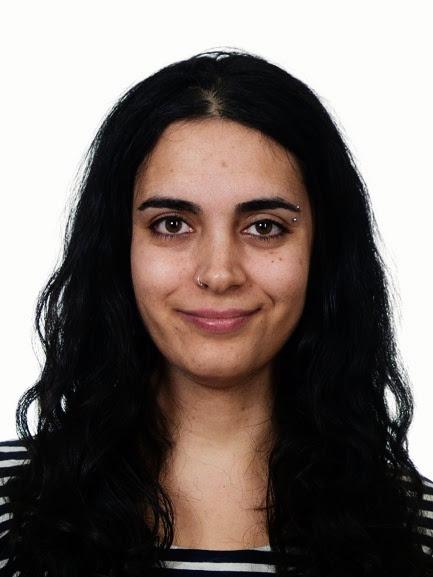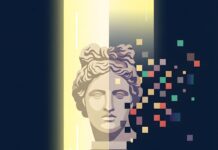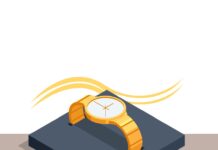European music history has always depended on documents that endure more by chance than design.
On 17 November 2025, researchers in Germany confirmed the authorship of two lost organ works by Johann Sebastian Bach, performed for the first time in 320 years.
The breakthrough relied not on hidden vaults or dramatic discoveries but on the patient reconstruction of handwriting, archives and institutional memory.
A Composer Rediscovered
Musicologist Peter Wollny authenticated two organ compositions that had circulated anonymously for generations: the Chaconne in D minor BWV 1178 and the Chaconne in G minor BWV 1179. The work drew international attention because the pieces expand Bach’s early output and reopen debates about his formative years.
Among the key findings was the identification of the copyist: Salomon Günther John, a little-known organist who claimed to have studied with Bach in Arnstadt.
A 1729 job application with matching handwriting provided the decisive proof. By connecting this document to a manuscript long held in the Royal Library of Belgium, researchers concluded that John had copied the score around 1705 when Bach was 20 years old. Authorship often depends less on signatures than on marginal notes, letters and administrative paperwork.
The Fragile Nature of Musical Evidence
Music rarely lasts in the form creators intended.
Composers wrote for practical use, not posterity, and the continued existence of early scores depends heavily on the habits of churches, municipal authorities and private collectors. Many manuscripts were reused, lost or destroyed when they ceased to be useful.
This context helps explain why Germany invests strongly in regional archives and in the network of institutions supporting Bach studies. The Bach-Archiv Leipzig, which analysed the newly found scores, stands at the centre of this landscape.
Its work shows how Europe’s cultural memory relies on long-term institutional care rather than dramatic discoveries.
How Authorship Really Works
The authentication process is rarely glamorous.
Scholars compare handwriting, paper types, ink patterns and archival references. They rely on documents that seem unrelated at first, such as tax records or court cases. In this instance, it was John’s job application from Thuringia that allowed researchers to match the handwriting, linking him directly to the manuscript.
What seems like a breakthrough often rests on decades of slow work. Wollny told NPR that he had searched for "the missing piece of the puzzle" for over 30 years. The comment reflects a broader truth about cultural documentation.
Europe’s musical legacy depends not only on performance traditions but also on the willingness of archives to protect minor documents that gain importance only centuries later.
Europe’s Archival Strength
Musical authorship in Europe benefits from a tradition of record-keeping that dates back to the Middle Ages.
Churches maintained liturgical books, courts filed administrative orders and municipal bodies kept correspondence. This bureaucratic density makes it possible to reconstruct creative networks with unusual precision.
Yet this system also reflects historical privilege. Works produced in regions with strong archival cultures lasted in greater numbers than those created in places without similar institutions. The result is an uneven map of cultural memory. The rediscovery of Bach’s works demonstrates both the strengths of this method and its limits.
Europe can trace the careers of certain composers in fine detail, while others remain known only through references or fragmented manuscripts.
A Wider Discussion on Documentation
The renewed interest in Bach raises a question with wider relevance.
What does it mean to authenticate authorship in an age when music can be created, altered or imitated by artificial intelligence? The authentication of centuries-old manuscripts shows that authorship requires context, provenance and human judgement. These are precisely the elements that become blurred when digital tools can generate compositions in the style of Bach at the touch of a button.
European cultural institutions now face a dual challenge. They must protect physical archives while addressing digital uncertainty. Authorship is not only a legal category but also a form of cultural identity.
When researchers authenticate a manuscript, they affirm a chain of transmission that links present and past through verifiable evidence.
What These Rediscoveries Offer
The two organ works do not rewrite Bach’s legacy but they deepen it.
They capture a moment in his early career when he was experimenting with structure and exploring the limits of form. Their continued existence is the result of careful documentation and the decision of earlier generations not to discard them when fashions changed.
These rediscoveries remind European institutions why investment in archives matters. Manuscripts that appear insignificant today may be essential tomorrow. The work of identification is not simply about confirming a name but about understanding how culture moves across generations, how talent develops and how memory is built.
A Future Built on the Past
The renewed interest in Bach’s manuscripts does not romanticise the past.
It instead shows that the foundations of music history remain fragile. What lasts depends on institutions able to protect minor documents and on researchers willing to connect small details across time. In an era of digital abundance, this patience becomes even more important.
The rediscovered works demonstrate that Europe’s musical tradition still has gaps waiting to be filled. Authorship is not a fixed category but a responsibility. The continued existence of two early pieces is a small achievement, yet it reflects a larger truth.
Culture endures when societies choose to document it.
Keep up with Daily Euro Times for more updates!
Read also:
Eurovision Autotune: Who is Really Singing?
The Near East in the Louvre: Time Held in Stone
Kindred Spirits or Pure Coincidence: Lorde and Marina Abramović






